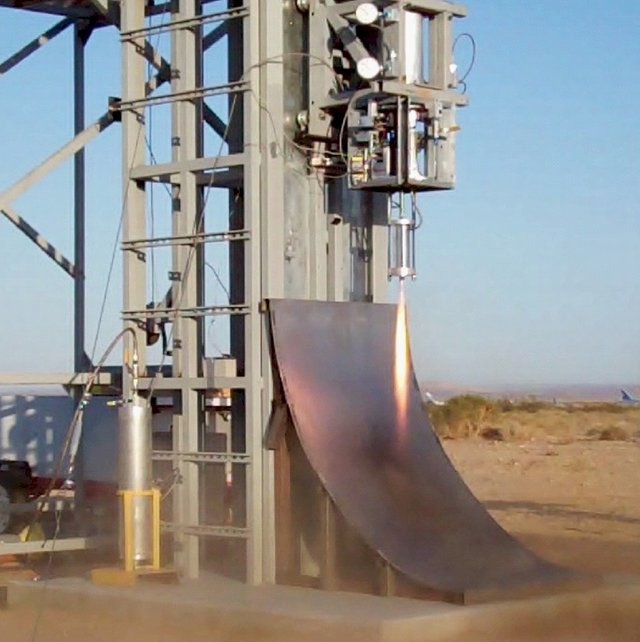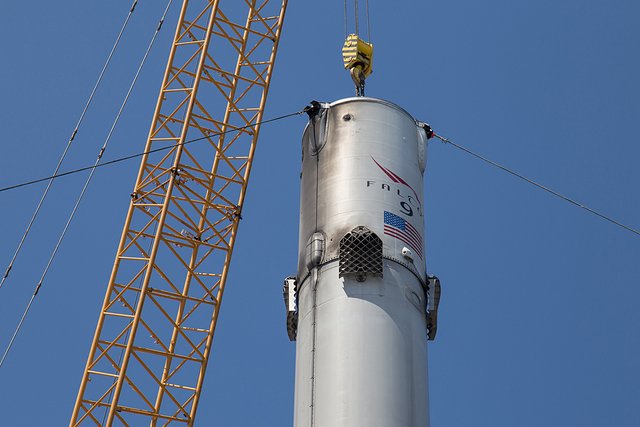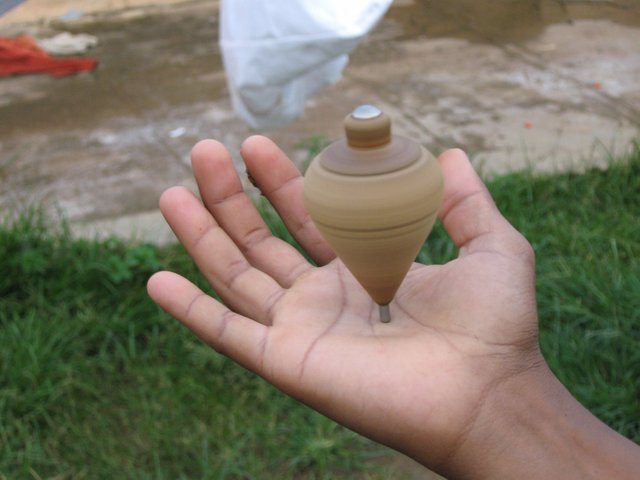The Methods Engineers Use To Keep a Spacecraft Oriented
How are spacecraft oriented?
What is attitude control
Attitude control is controlling the orientation of an object with respect to an inertial frame of reference, it’s done when applying torque from the actuators on the spacecraft. So why is it needed? The answer isn’t just isolated to keep the craft pointing in the right direction during flight. Spacecraft may have to perform multiple different experiments that may require a certain orientation eg; optical instruments, antennas, particle instrumentation and much more that I will bring out throughout the course of this piece of writing. [1][2]

Propulsion Based Attitude Control
One of the most notable form of propulsion based attitude control is the vernier thruster, named after Pierre Vernier. You may see these on the side of the Atlas rocket. These are used for heavier types of spacecraft for fine velocity changes and attitude. These have been less used as they have many flaws; they relied on fuel usage, they got wore down and relied on valves. This usage of these has dropped especially since there are newer and more modern ways of stabilizing a craft. [1][3][7]
This brings me to the new way that craft are stabilized which is not just employed by rockets. It’s called gimballed thrust, the concept is fairly simple rather than using extra external thrusters to maneuver the rocket, instead you pivot the thruster; to change the center of thrust. Gimballed Thrust may be often employed in aircraft to get more maneuverability. This has also been employed in the space shuttle to keep the craft stabilized while flying with the orange tank. To further explain this the gimballed thrust system on the shuttle was used to change the center of thrust to match with the changing center of gravity. [2][4][5][6][11]
Non-Propulsion Based Attitude Control
This form of attitude control is more sophisticated and much more interesting compared to the propulsion based, first to get the obvious out of the way; moveable fins, by changing the orientation of the fins you can force a rocket to change their attitude. This has quite an obvious problem it doesn’t work outside the atmosphere. [2][8]

One of the more interesting forms of attitude control is the grid fin, you may have seen these if you watched any of the SpaceX launches that include the landing of the rocket. What makes this one more particularly more interesting is that not only it allows to change direction of the rocket, it creates massive amount of drag slowing the rocket down when not at high mach speeds. At high velocities the grid fins allow higher amount of maneuverability as they also produce less drag. [9][10]
With those two forms of attitude control out of the way, how do rockets without these fins manage to maneuver and keep it flying straight; I’ve seen rockets function without these so are they entirely useless?

If any of you may be familiar with these, these are called spinning tops. You’d often take these, and as the name implies, spin them. These fancy toys had a property when you spin them that most objects do when you spin them; you may observe that the object seems to be upright and much like a gyroscope if you’d tried to apply an external force to knock it over, it would return to its original position. With this small case demonstration out of the way we can apply this to rockets, and it has a name it’s called spin stabilization. [12]
This spin brings many new problems, the craft that you may try to launch up into space may not be able to function while spinning. So how does one stop this? A maneuver called a yo yo despin is performed. In this maneuver 2 weights are shot out from the the craft and when extended to full lenght their cut off. The way this functions is on a very very simple principle, Rotational Inertia = Mass * Radius^2. What does this mean? This means when the width of the object increases the spin of the object must decrease. A modern day example of this is an ice skater dancer reducing their width to do their impressive spins, unfortunately I’m not a ice skater so I can’t perform this to show you this but instead I’ve recorded a spacecraft with extending arms in a simulator to demonstrate this principle. [13][14][15]
And a despin maneuver will look more like this on a real rocket.
To further explain some more benefits of this system, it is completely mechanical and doesn’t add that much more weight to the craft. On top of that it doesn’t use much electricity to perform either.
Now this brings me to my final form of attitude control, Reaction Wheels. These are used on satellites such as hubble, these are a fantastic form of creating minuet changes to the orientation of the craft. Usually 4 are placed on the craft which all work in tandem to change the crafts attitude. So how do they work? The way it works goes all the way back to newton’s third law, in this system a heavy wheel is spun by a motor; in turn due to the third law of motion the angular momentum must be conserved, so the spacecraft must turn in the opposite direction of the spinning of the wheel. The unfortunate disadvantage with this is that the wheel being smaller in comparison to the spacecraft, it has to make up in by spinning way faster; which in turn limits the speed of which you can turn. Not only that they have quiet the history to break, so much that the hubble space telescope had to be serviced twice within its lifetime. [16][17]
Sources
[1. Wikipedia: Attitude Control]
[2. NASA: Forms of Control]
[3. Wikipedia: Vernier Thruster]
[4. NASA: Gimballed Thrusters]
[5. Wikipedia: Thrust Vectoring]
[6. Wikipedia: Space Shuttle]
[7. Reaction Control Systems]
[8. Fins]
[9. Wikipedia: Grid Fins]
[10. SpaceX: Grid Fins]
[11. NASA: Space Shuttler]
[12. Wikipedia: Spin Stabilisation]
[13. Nasa: TECHNICAL NOTE D-708 THEORY AND DESIGN CURVES FOR C-D A YO-YO DE-SPIN MECHANISM FOR SATELLITES ,r oJ. C/" V. Fedor Goddard Space Flight Center Greenbelit, Md.]
[14. Wikipedia: Moments of Inertia]
[15. Wikipedia: Yo-Yo Despin]
[16. Wikipedia: Newton’s Laws of Motion]
[17. Wikipedia: Reaction Wheels]
Image Sources
[1. Wikipedia Commons]
[2. Interorbital.com]
[3. Flicker]
[4. PxHere]
Being A SteemStem Member
Amazing article, I read it without breathing. I am working in the Aviation Industry for 10 years. Space Geek. I have articles on tomorrow's Falcon Heavy launch, which was featured on today's Steem Engine podcast (yay) and Kerbal Space Program which is my favourite way to spend hours on end to get Jebbediah out of stellar pickles with virtually no DeltaV budget left :D
For science!
:P It's great to see other peoples sinking their hours into KSP, recently got him stuck on minmus due to a staging error, so I sent a rescue craft; unfortunately it wasn't succesful as the secondary pod which I was gonna use a descent stage for him got stuck in a hyperbolic orbit during the final detachment. So I managed to swoop in under 1/2 of an orbit and grab his capsule and rescue him :D
Hi, I found some acronyms/abbreviations in this post. This is how they expand:
That wasn't an acronym buddy :P
:)
Following you! +upvote
I am concurrently in middle of redoing my account :), I'm moving to video format instead. Hope you stay in for the ride!